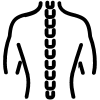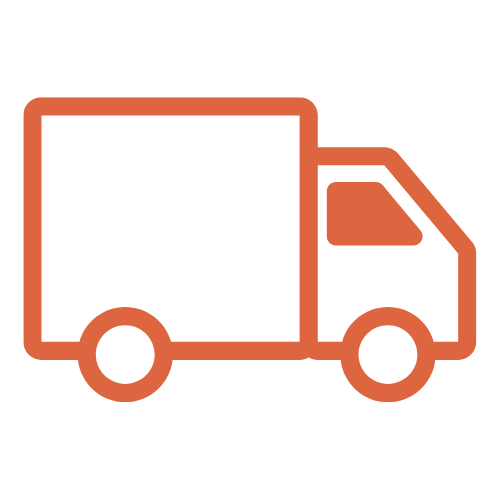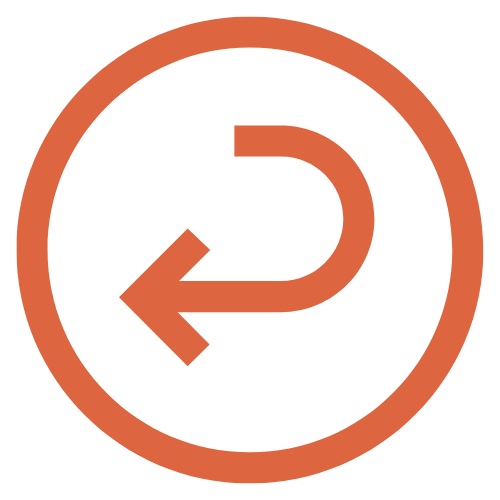Do you have trouble concentrating? Do you procrastinate and suffer from frequent forgetfulness? Does a task that would normally take you 10 minutes take you hours?
ADHD at work can be a daily challenge. But with specific tips and adjustments, it's possible to thrive at work.
In this article, we'll discuss the challenges of ADHD at work. We'll also give you tips on how to manage your ADHD at work and improve your productivity and focus.
The Challenges of ADHD at Work

According to INSERM, ADHD affects 2.8% of adults .
These individuals often struggle to manage their ADHD at work, as they experience difficulties with time management, organization, and communication.
These challenges disrupt their daily lives by causing frequent errors, delays and oversights.
According to the INRS, ADHD is associated with difficulties in professional integration and a higher unemployment rate.
Despite all the challenges of ADHD at work, there are solutions.
Ten tips for managing your ADHD at work
Adopt a structured routine
A well-defined routine helps combat the difficulties of ADHD at work.
Try to start your day at the same time every day, schedule fixed time slots for your main tasks, and write down your goals daily.
For example, setting aside 10 minutes each morning to plan your day and setting your goals by creating a to-do list can help you reduce wasted time due to a lack of organization.
Prioritizing your daily tasks is essential for people with ADHD at work.
Every morning, take 5 minutes to identify your 3 most important tasks for the day. This will save you time and help you stay on track with your projects.
Use reminders and alarms
Digital reminders are an ideal tool to better manage ADHD at work.
Set alarms for your meetings, deadlines, or breaks.
For example, a notification every 90 minutes can remind you to check your progress on the day's tasks.
Prioritize short and dynamic tasks
Overly long tasks are generally incompatible with ADHD.
Break your tasks down into small steps. For example, instead of setting a goal to complete an entire report, write a specific section of the report within a set time frame.
Create a minimalist workspace
A poorly organized and cluttered desk can increase distractions at work .

Make sure your workstation is well organized. Avoid visual or light distractions by keeping only essentials on your desk, such as your computer and a small notebook where you can jot down reminders and goals for the day.
Take regular breaks to avoid overloading
With ADHD at work, it's easy to feel overwhelmed.
You can use the “50/10” technique, which involves working for 50 minutes, then taking a 10-minute break.
These short 10-minute breaks will allow you to recharge your energy to maintain your productivity.
Outsource what can be outsourced
To make managing ADHD at work easier, you can use apps, such as Trello or Todoist, to organize your tasks.
The Reverso extension is useful for avoiding careless mistakes when writing on your computer.
Limit digital distractions
Unnecessary notifications on smartphones or computers are the main source of distraction at work.
Turn off notifications during work hours to avoid distractions.
Keep a log or productivity journal
A work log is a simple and effective way to track your progress and identify your ADHD-related blockages at work.

You can note the difficulties you encounter in order to adjust your methods and arrange your workspace more appropriately.
Practice self-compassion and celebrate small victories
ADHD at work can be draining and lead to a loss of motivation.
Take time to identify your progress, even if it seems insignificant.
Every little progress is a step towards better management of ADHD at work and greater fulfillment.
ADHD and Productivity: 5 Concrete Tips for Improvement
Use visual working methods
Using visual tools, such as sticky notes, charts, or diagrams, can help people with ADHD be more productive and avoid forgetfulness.
Split the tasks
To improve your productivity with ADHD, we recommend breaking down your tasks to reduce feelings of being overwhelmed.
Use the Pomodoro Technique
The Pomodoro method, which alternates 25 minutes of work with 5 minutes of breaks, is ideal for maintaining focus in cases of ADHD at work.
Automate and simplify routines
Smart devices and automated software can handle repetitive actions, freeing your mind from secondary tasks. This will free up time and energy to focus on what's more important.
Create a suitable working environment
An ADHD-friendly work environment can make all the difference. We recommend choosing a work environment that is free from any visual or audio distractions.
ADHD and Organization: Tools to Simplify Your Life

Recommended digital tools
Task management tools, such as Notion, Pomodoro timers, and time optimization software, can be essential elements in managing ADHD at work.
Plan your week effectively
Schedule a planning session one day a week to plan the following week's tasks. Set aside specific time slots for priority tasks. This planning will help you better manage ADHD at work.
Establish work rituals
Create routines to structure your days, such as checking your emails at a set time or reviewing your goals every evening.
FAQ: ADHD at Work
Is ADHD recognized as a disability at work?
Yes, in many countries, ADHD at work can be recognized as a disability, entitling you to specific accommodations.
Is it difficult for people with ADHD to work?
Working can be difficult for some people with ADHD because of their difficulty concentrating, organizing tasks, or managing their time.
However, with the right strategies, such as creating routines, time management tools, or workplace adjustments, it is entirely possible to overcome these problems.
What is the 1/3/5 rule for ADHD?
The 1/3/5 rule is a simple method of task management.
It consists of prioritizing 1 important task, 3 medium priority tasks and 5 smaller or secondary tasks to be accomplished in a day.
This approach helps you better structure your time, reduce your mental load and move forward efficiently in your missions.












